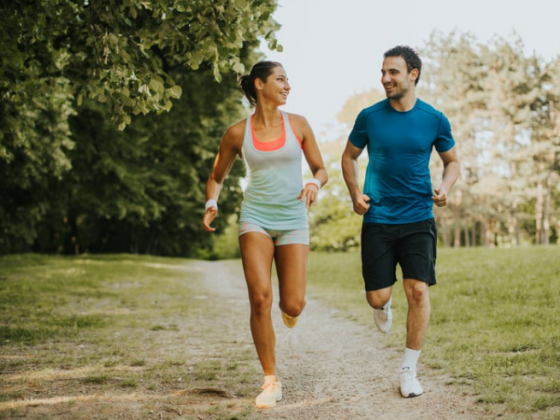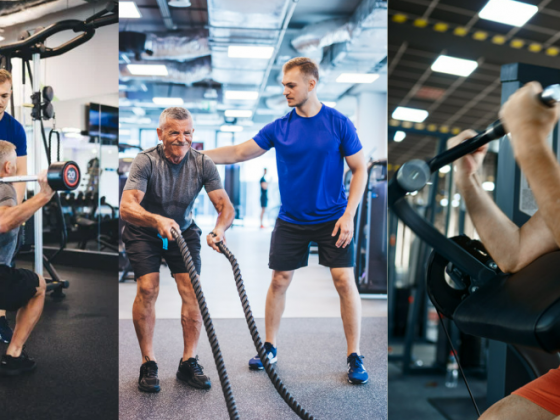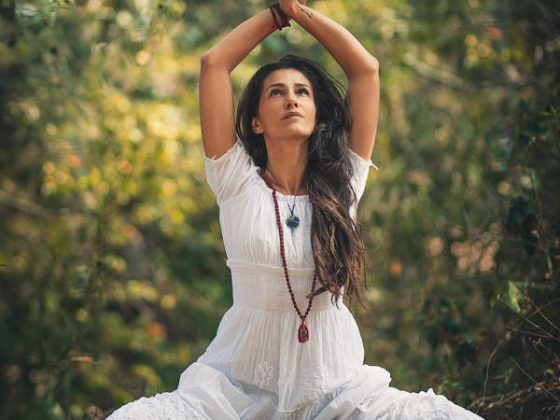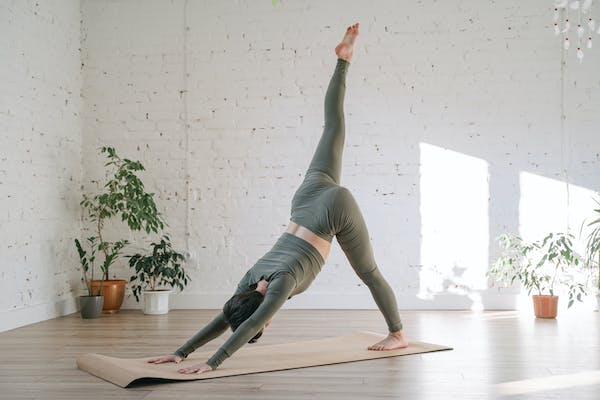
The popular yoga inversion’s journey promises a transformative experience. In today’s generation, most times are so hectic that we cannot even visit the gym for workouts or exercises. Life’s routine has become a cycle of work and home. There’s little time to exercise outside. With the help of yoga, we can still keep our health at its optimum level, even at home.
The Popular Yoga Inversions ‘ Concepts
In the realm of yoga, inversions encompass a captivating array of postures where the body is positioned in a way that the head is below the heart. This unique positioning alters the gravitational pull, requiring a shift in physical balance and mental focus.
The essence of inversions lies in defying the conventional orientation of the body. By inverting the body’s position, these postures challenge the natural course of gravitational forces, encouraging a different perspective and engagement of muscle groups.
Benefits of Yoga Inversions:
-
Physical Benefits:
Yoga Inversions Strengthens the Core
Inversions act as a powerful method to activate and strengthen deep core muscles. These postures go beyond the superficial abdominal muscles, activating deeper layers crucial for stability and balance. Starting deep core muscles, like the transverse abdominis and multifidus, is integral in sustaining inversions. Strengthening these muscles is pivotal for overall body stability and spinal support.
Enhancing core muscle strength encompasses more than meets the eye. The purpose of core muscles lies in the body’s balance and stability rather than visual appearance. Improving core strength can enhance both aspects. A robust core aids in maintaining proper posture, consequently reducing back and even neck discomfort. While conventional ab workouts like bicycle crunches and planks effectively strengthen and ton the core, inversions are crucial to core strength.
Inversions serve as valuable tools for enhancing core strength and alignment, as they utilize gravity to reduce muscle tension and restore bodily equilibrium, explains Castelli. By assuming inverted positions, individuals engage key muscle groups, including the pelvis, hips, abs, and lower back, fostering their coordinated strength, which forms the foundation of a robust core. Furthermore, inversions significantly impact the pelvic floor, a crucial component of the deep core. In full inversions, the gravitational weight is lifted from the pelvic floor muscles, promoting relaxation and improved blood circulation. Even subtle inversions, such as glute bridges, can effectively strengthen the pelvic floor without complete inversion, notes Castelli.
The pelvic floor constitutes the base of the core and collaborates with deep abs, back muscles, and the diaphragm to facilitate proper movement and alignment, Castelli emphasizes. A resilient pelvic floor enhances core stability, allowing for better activation of abdominal muscles and maintaining form during workouts. Incorporating inversions or movements that elevate the hips above the heart complements traditional core exercises like planks and crunches, further enhancing core strength and overall effectiveness.
When we consider inversions, our initial thought may be of being upside down. While that defines an inversion, there’s more to it regarding fitness. In exercise, inversions can entail going upside down, but they can also involve movements that position you oppositely. Examples of inversions span from more advanced actions like hanging upside down in an aerial class or CrossFit training to simple poses like a child’s or downward-facing dog during a yoga session.
A robust core is the cornerstone of stability and balance. The strengthening of these core muscles not only aids in executing inversions but also enhances overall upholds correct posture and reduces the chance of injury in daily movements.
Inversions facilitate improved blood and lymph circulation, promoting overall health and well-being.

Yoga Inversion Enhances Blood Circulation
The reversal of gravity in inversions promotes enhanced blood circulation throughout the body. This increased flow aids in transporting oxygen and nutrients to various tissues, revitalizing the entire system.
Yoga Inversions assists in Lymphatic Drainage
Inverting the body assists in lymphatic drainage, aiding the body in eliminating toxins and bolstering the immune system. This, in turn, supports the body’s ability to ward off illnesses and maintain optimal health.
-
Mental Benefits:
Beyond the physical benefits, inversions have a profound impact on mental wellness.
Yoga Inversion Enhances Concentration
Yoga is a remarkable mind-body practice that cultivates strength, flexibility, and mental clarity through controlled breathing techniques. Regular yoga sessions yield numerous benefits for the body, such as stress reduction, enhanced sleep quality, and alleviated depressive symptoms.
The unique perspective offered by inversions cultivates heightened concentration and mental clarity. The focus required to maintain these postures fosters a tranquil and attentive state of mind.
Yoga Inversion Reduces Stress
The altered perspective and increased blood flow induced by inversions contribute to stress reduction and relaxation. This mental equilibrium further enhances the overall benefits of these postures.
The tests underscored that following a single 20-minute yoga session, participants exhibited improved focus, enhanced processing speed, increased information processing accuracy, and excellent proficiency in learning, retaining, and updating information.
Yoga Inversion Preparations:
Core Building Poses/ Exercises
Regular practice of inversions fosters upper-body strength, strengthens your core connection, and provides a fresh outlook on your yoga practice. The effort invested in achieving balance on your hands (or head) equips you with skills to confront everyday challenges. Mastering inversions demands focus, courage, and a willingness to attempt new things, but the outcomes can be profoundly fulfilling.
Before attempting inversions, building a strong core is vital. Exercises targeting core muscles are instrumental in developing the strength to support the body in inversions such as the following and more.
-
Wrist Lifts
Start from a position on all fours, ensuring your shoulders are aligned directly above your wrists, aligned with your shoulders, and your hips are stacked now over your knees. Spread your fingers widely and point your index fingers forward. Apply pressure to your knuckles and elevate the base of your palms, pausing briefly at the apex of the lift (as shown in the image). Engage your arms by drawing them inward with straight elbows. Gradually lower your wrists, taking one count to lift and three to descend. Throughout the movement, maintain the weight of your shoulders directly over your wrists to incorporate resistance and strengthen your muscles.
-
Elbow Taps
Begin in the all-fours position, placing a block between your elbows. Apply firm pressure to the block to center yourself while expanding your upper back. Maintain protracted shoulder blades throughout the exercise. Softly bend your elbows backward, gently lowering your forearms to the ground (as shown in the image). Lift back up while ensuring the block remains secure. Repeat this movement ten times—transition into Adho Mukha Svanasana (Downward-Facing Dog Pose). Straighten your arms, elevate your hips up and back, and draw your arms inward toward your midline. Lower your knees before lowering your elbows. Repeat this sequence ten times.
-
Elbow to Knee Work
Begin by reclining on your back with your knees bent. Bring your right knee toward your chest and lift your torso slightly. Position a block between your right elbow and thigh, pressing into it evenly with your thigh and elbow. Interlace your hands behind your head, ensuring that only the lower edges of your shoulder blades make contact with the floor. Extend your left leg, keeping the heel a few inches from the ground (as shown in the image). Continuously apply pressure to the block as you gradually bring your left knee toward your nose, then straighten it again.
Repeat this movement ten times. Keep your left leg extended slightly from the ground and perform small pulses on the right side. Perform this sequence ten times before alternating sides.
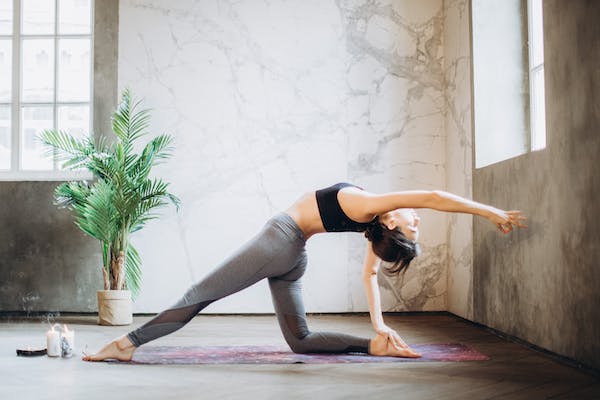
-
Hollow Body
For this exercise, you’ll require two blocks. Begin by lying on your back and placing one block between your palms and the other between your knees. Extend your arms straight overhead, pressing firmly into the block. Lift your head slightly off the ground, aligning your ears with your biceps and gently drawing your chin down. Raise your legs off the ground to approximately a 45-degree angle, ensuring you squeeze the block between your knees to activate your lower abdominals. Your lower back should be pressed toward the ground, with your belly drawing in. Maintain straight legs throughout the exercise. Hold this position for 20 seconds and repeat the sequence 3–5 times.
-
Belly Scoop to Asymmetrical Reach
Return to the Tabletop position. Bring your knees together. Extend your left leg backward, keeping your toes tucked and pressing your heel to elongate your calf muscles. Press firmly into your hands. Bring your right knee toward your nose, engaging your core to extend and lengthen your upper back while bringing your right heel as near your hamstrings as feasible. (as shown in the picture). Lower your bent right knee back down and transition into an asymmetrical reach by lifting your left leg and right arm off the ground.
Maintain engagement in your abdominal muscles and lengthen from your foot to your hand. Repeat this sequence five times, then switch to the other side, focusing on core stability and energizing your arms and legs.
Warm-Up and Stretching
Adequate warm-up is essential in preparing the body for the demands of inversions. Preparing for yoga exercises involves incorporating warm-up and stretching routines to awaken and activate the body, ensuring it’s ready for the diverse movements involved in yoga practices. These warm-up sequences gently introduce stretches and movements to various body areas, stimulating circulation and enhancing blood flow. Doing so makes joints more supple and relieves muscle tension, improving overall mobility. When muscles are warm and require stretching following exertion, engaging in static stretching after a workout is widely recommended.
Before yoga practice, engaging in light exercise or moderate movement for 5-10 minutes effectively achieves this warm-up. Warm-up routines should focus on limbering the joints and loosening the muscles to reduce the risk of injury during inversions. Tailored warm-up sequences designed explicitly for prepping the body for inversions are crucial in ensuring readiness and flexibility.
A Step-by-Step Guide for the Execution of the Popular Yoga Inversions:
Supported Inversions
For beginners, starting with supported inversions is recommended.
Utilizing Props
Using props can aid in achieving proper alignment and reducing strain while attempting inversions, ensuring a safer experience.
Safety Measures
Familiarizing oneself with safety measures during inversions is paramount for injury prevention.
Intermediate and Advanced Inversions
Arm Balances and Handstands
As practitioners advance, refining balancing techniques becomes pivotal. Achieving arm balances and handstands requires strength, control, and precise alignment. Enhancing these skills involves consistent practice and focused engagement of core muscles for sustained inversion postures.
Popular Yoga Inversions – Unleashing the Best Moves in 2024!
Yoga Inversions Safety and Caution:
Listen to Your Body for Signs of Overexertion
Understanding personal limitations and being attentive to the body’s signals are crucial during inversions. Recognizing signs of overexertion and knowing when to pause or modify postures is essential for preventing injuries.
Professional Guidance and Support
Engaging with certified instructors offers invaluable guidance in mastering inversions. It ensures safety. Certified instructors play a crucial role in teaching proper form and technique, reducing the risk of potential injuries.
Their expertise helps prevent injuries by emphasizing safe practices and personalized guidance.
Conclusion:
The journey into yoga inversions promises a transformative experience, offering physical benefits and mental and emotional growth. Proper preparation, guided execution, and mindful practice of inversions can pave the way to a more robust, focused yoga practice. Explore these inversions and witness the remarkable changes they can bring to your holistic well-being.
